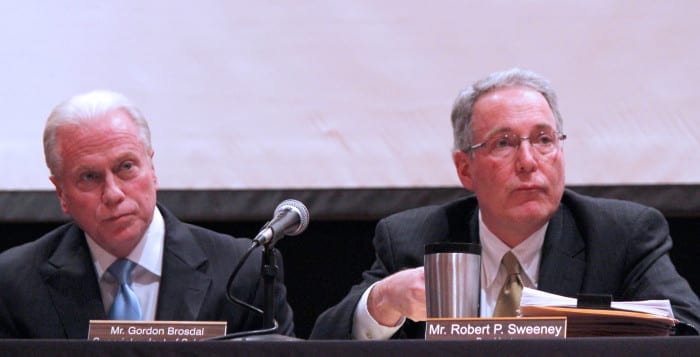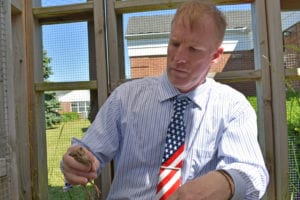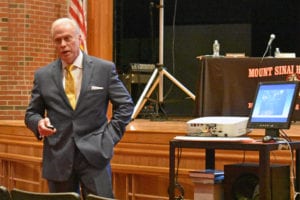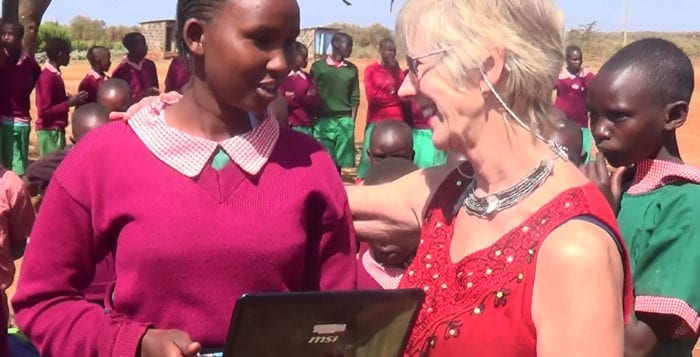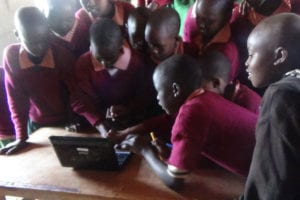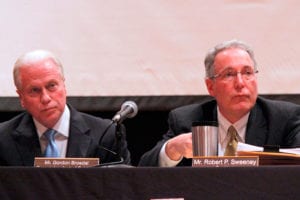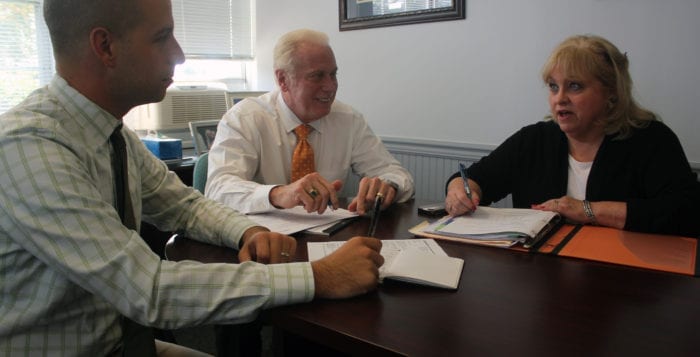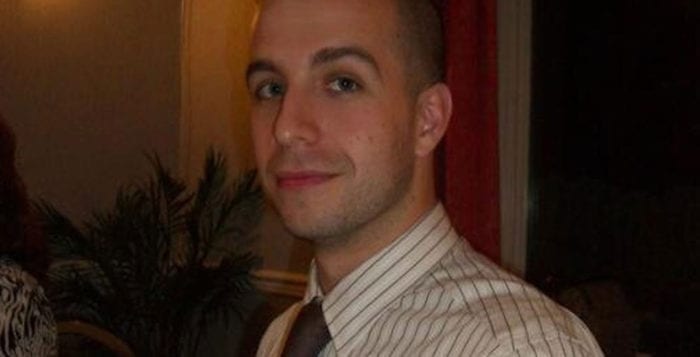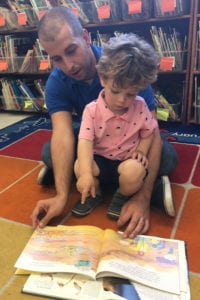Mount Sinai Union Free School District recently changed its phase two reopening plan, tasking some teachers to work directly with remote students and by easing in-person students back into its halls.
As of Oct. 19, grades K-4 added Wednesdays back into an in-person, weekly schedule making attendance at school five days a week.
In a letter to the community posted on the school district’s website, Rob Catlin, principal of Mount Sinai Elementary, said this change will help make things more normal.
“This is a win-win for all of our students, both in-person and remote, as we are able to ensure all of our students get the maximum amount of instruction we are able to offer,” he wrote.
Catlin wrote in-person students will not have much of a change on a daily basis, except for the possibility of a different P.E., art or music teacher adjust with the schedule. The district added two teachers to help support its remote students, and who will be working solely as remote teachers. Starting Monday, teachers Emily Bellacera (for K-2) and Kaylee Foley (for 3-4) will be teaching live every day for at least one hour with remote students through Google Classroom.
“Each teacher will provide at least 60 minutes a day of live instruction for our students working remotely,” he said. “This will also allow the remote kids to have a true classroom of friends and classmates. Currently each teacher was working with 1-to-3 students at a time on Wednesdays. I felt this was isolating for our remote kids who need socialization more than ever being at home.”
With the new remote program, remote students will have live Google Meet sessions with seven to 15 other kids.
Catlin noted though switching to a new teacher is not ideal, current teachers will be in contact with the remote teachers to ensure a smooth transition for everyone involved.
“While switching teachers is not an ideal plan the end result will be a better experience and more enriching academic program for all,” he said.
The website stated middle school students were going to experience a similar change. Remote learners in grades 5 and 6 started with their new remote instructors on Oct. 19. In-person fifth and sixth graders started attending school all five days.
Students in grades 7 and 8 will have remote instructional day through Google Classroom every Wednesday starting Oct. 21 and will follow their period buy period schedule. Attendance will be taken in the homeroom and first period class for the day.
Superintendent Gordon Brosdal said the district initially anticipated that grades 7-12 would be back to school five days a week on a rotating schedule, but last week he and they decided to halt the reopening plan until Nov. 18.
“We knew it was going to change as we went along,” he said. “After speaking to a dozen superintendents in our area, everyone is evolving and adjusting.”
He stated the reasons to delay are so they can closely watch and see if the number of COVID-19 cases continue to increase, and that the middle and high school buildings don’t have as much room to repurpose.
“If you had all the kids in, and divided the class in half, then for social distancing you would need almost double the class space,” he said.
So, they decided to wait until the end of
the quarter.
Currently Wednesday provides a break between the two cohorts, and an additional day for cleaning and sanitation.
To accommodate a transition, remote learning will be available to all students, not just ones deemed as remote, and attendance is required.
As of Oct. 19, two teachers and zero students in the high school tested positive for COVID-19 within the last 14 days. Overall, a combined five individuals have tested positive in the district since the start of schools in September.


